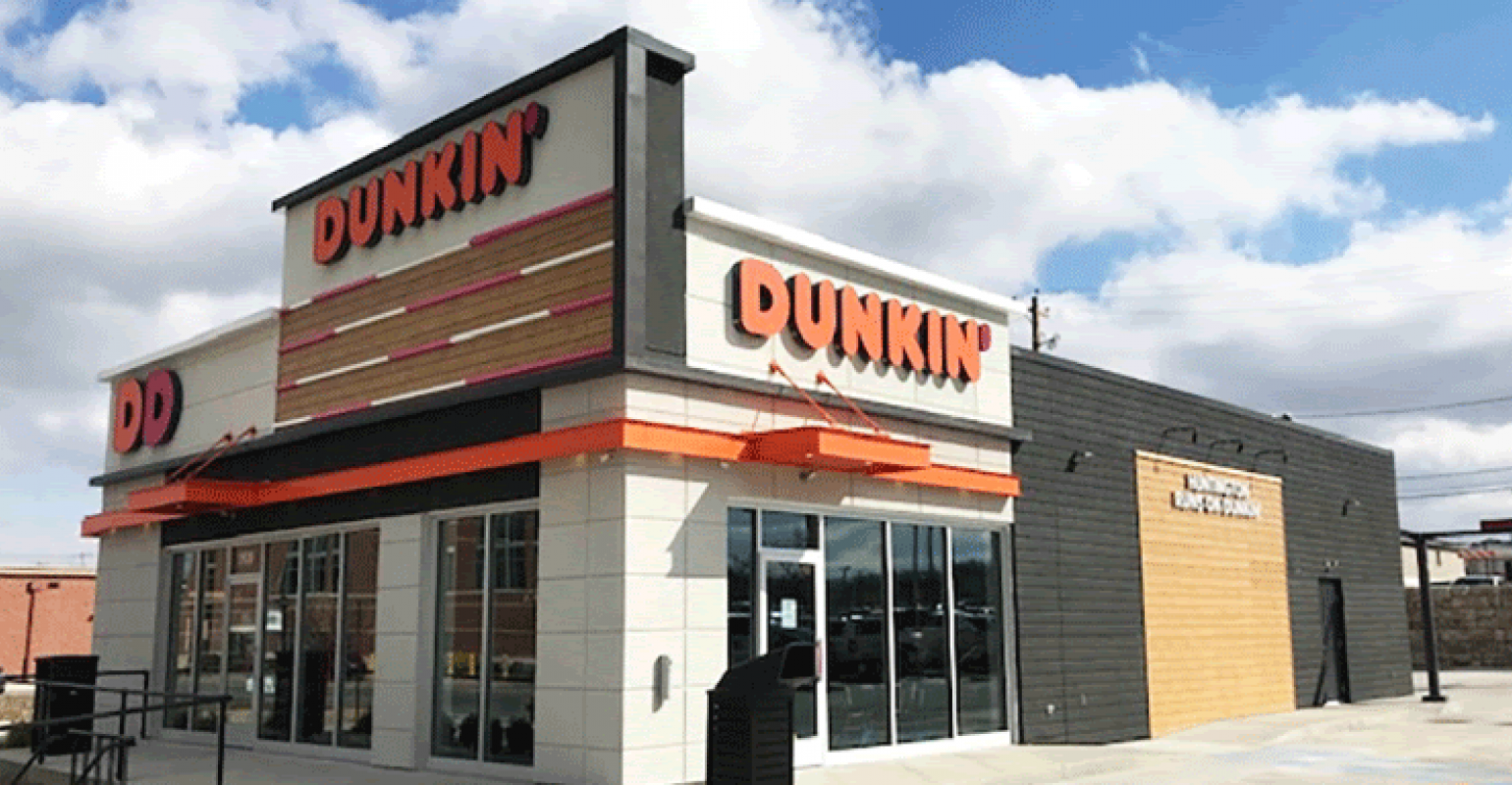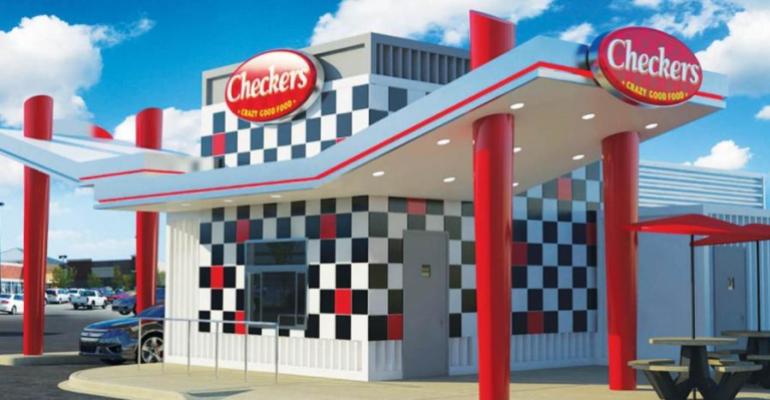In 2024, it’s becoming harder than ever to be a successful franchisee. On top of ongoing rising food costs and labor shortages, federal and local legislation is cracking down on businesses while expanding worker rights and protections.
This year, 25 states introduced or will introduce new minimum wages, with six states increasing their minimum wages to either match or surpass $15 (California, Connecticut, Maryland, New Jersey, New York, and Washington state). California is probably the highest-profile case, since the state introduced and passed a modified compromise version of the original FAST Recovery Act, AB 1228. This legislation was signed into law by California Governor Gavin Newsom last fall and will increase the minimum wage specifically for fast-food workers from $16 to $20 per hour, starting April 1.
Although California is only one state, experts predict that other similarly progressive states and cities may soon follow suit with copycat laws.
On top of ever-increasing minimum wages, the joint employer rule is top of mind for many business owners. The National Labor Relations Board introduced a broadened joint employer in October that would make franchisees and franchisors jointly liable for labor terms and conditions such as union contracts, pay, scheduling, and more, reviving an Obama-era rule that was limited in scope during the Trump Administration.
In January, the U.S. House of Representatives voted “yes” on a resolution to overturn the joint employer rule. The vote will go to the Senate floor next, but if Congress does jointly vote to overturn the rule, President Biden has vowed to veto the repeal attempt. The joint liability rule is also being challenged by a lawsuit that was filed in November by the U.S. Chamber of Commerce and other business entities. As of the publication of this article, the joint employer rule is set to go into effect on Feb. 26.
The new joint liability rule was widely condemned by most of the restaurant and franchising industries. Last fall, the International Franchise Association released a survey in collaboration with Oxford Economics, stating that nearly three-quarters of franchisees expressed a “high level of concern” at the prospect of increased franchisor control over their business.
“A similar joint employer standard existed for a little more than a year from 2015 to 2017 and it cost franchise businesses billions of dollars in operational and legal costs to try to steer clear of liability,” said Mike Layman, the senior vice president for government relations and public affairs for the International Franchise Association. “So here we are again … and franchisors [are going to] take more control in response to this policy. Then franchisees lose their independence as business owners … and it effectively demotes them to middle managers in the stores that they own and have invested in.”
Layman added that if this goes into effect, franchisors will likely speak to lawyers and reevaluate how much they communicate with and provide resources to their franchisees, especially since businesses on both the franchisor and franchisee side will be a target for compliance.
On the franchisee side, the franchisors’ increased investment in their franchises will mean more overhead costs, which will likely trickle down to increased menu prices for consumers.
“With all that added responsibility and liability for franchisors, you have to assume those will be added costs that will necessarily be passed on to franchisees, and ultimately to consumers,” said Scott Greenberg, franchise speaker and business consultant. “It might mean an increase in franchise fees, or maybe there'll be new added fees, which will also lead to higher prices for consumers at a time when prices are already high. … Though it’s my hope that it will also mean franchisees will get better management training from franchisors.”
Although the joint liability rule would affect all franchisees nationally, California franchisees are especially concerned that this rule, along with the double-whammy of a $20 minimum wage (or $16 for non-fast-food workers), will completely change the landscape of franchising statewide. In fact, the effects are already being felt: Two major California Pizza Hut franchisees, PacPizza and Southern California Pizza Company, are eliminating the delivery driver position entirely, laying off more than 1,200 delivery workers this month ahead of the minimum wage increases.
Michaela Mendelsohn, CEO of Pollo West Corp., which owns six El Pollo Loco restaurant locations in California, recently backed out of the purchase of another restaurant because of the new minimum wage and is worried about the long-term health of her business. If joint liability were to go into effect, that would add even more headaches to her operations, and she thinks it could completely change the franchising industry as we know it.
“Like most franchisees, this business was a way for me to own my own business without having to reinvent the wheel,” Mendelsohn said. “The business is your own — you hire employees, and day-to-day decisions are yours, other than recipe formulas. You even decide your own pricing. … So when a franchisor becomes liable for all of that, they will probably feel the need to take the decision-making out of our hands … and it might not even be called franchising anymore.”
![Screen_Shot_2015-11-19_at_7.18.53_PM[92].jpg](/sites/nrn.com/files/Screen_Shot_2015-11-19_at_7.18.53_PM92.jpg)
Michaela Mendelsohn, CEO of Pollo West Corp., which owns six El Pollo Loco restaurant locations in California, is worried about the long-term health of her business.
Mendelsohn also thinks that joint liability could incentivize franchisors to work with fewer, larger franchisees that own hundreds of stores because it would be easier to do so.
“Then the regular franchisee with 2.6 stores on average would cease to exist,” she added.
Bobby Barrios, a franchisee who owns 14 Checkers and Rally’s and Papa Johns restaurants in California and Arizona, said the first thing that would happen with the passage of joint liability is that their liability insurance would go up. Mendelsohn advises franchisees to begin crunching numbers as soon as possible, and to not wait until new legislation goes into effect later this year.
“The franchisors don't want to get sued — they want to be off the hook,” Barrios said. “I think that's how we ended up losing the minimum wage fight, because I thought it should have just gone to a vote, but the corporations came back and they said, ‘Well, we're off the hook [for joint liability] and we'll vote for the minimum wage increase because hey, we’re not based in California.”
Although minimum wage laws will not be universally implemented like joint liability, most states are seeing their labor costs go up either from legal minimum wage mandates, or simply because franchisees are trying to keep up with the $15-$20 hourly paychecks that are becoming more common. John Motta is a Dunkin’ franchisee who owns 32 stores in Virginia and New Hampshire. While New Hampshire’s minimum wage is the same as the federal minimum wage — $7.25 — many of his stores neighbor the Massachusetts border, where the minimum wage was raised to $15 an hour last year.
“I’m paying $15 minimum wage to high school students only because they have the option to drive 10 minutes down the road and get $15 in Massachusetts,” Motta said. “Minimum wage does not have any effect on hiring — there’s just not enough people looking for work. I hire someone for $15 an hour, and if they don’t like it, they can go to the place down the street for the same wages or higher.”

Quick-service brands like Dunkin’ can’t just keep raising prices because ‘there’s only so much you can charge for a cup of coffee,’ franchisee John Motta said.
If everyone is paying higher wages, Motta said, then a better paycheck is no longer a competitive advantage — it’s a bare minimum baseline. As franchisees balance increased labor costs with the reality of a tightened post-COVID labor market, oftentimes there’s not much to do except to continue increasing menu prices.
“There's only so much you can charge for a cup of coffee before you're going to lose customers,” Motta said. “It’s a very fine line we have to walk. … On top of that, commodities have gone through the roof because of gasoline prices, and we have to pay people a lot more than we used to to get coffee and doughnuts into our stores. Sometimes you scratch your head and say, ‘Why am I in this business?’”
Increasing prices is one of the most obvious solutions to growing labor costs. Barrios said that at his restaurants, he raised prices four times in the past year, and will have to do it again in 2024. Another solution he is trying this year is cutting labor hours and supplementing human labor with artificial intelligence. Barrios is in the test phase of using AI with his Papa Johns stores. But you can’t cut too many hours or too many people, especially kitchen staff. Plus, he said, more technology investment is not a perfect solution either.
“When you first install AI, it’s a train wreck because it doesn’t understand what customers are saying at first, but it feeds off of customer conversations and gets better over time,” Barrios said. “Our staff has to have their headsets ready to pop on in case a customer bypasses the system to talk to a cashier. I’ve had to enforce to my managers that they really need to be ready to jump in if a customer needs help.”
As he attempts multiple different solutions to try and offset increased labor and liability costs from new legislation, Barrios said that his prediction is that low-volume stores simply won’t make it. He has an analogy that he uses with his managers: He starts with 100 pennies and begins taking away pennies that represent a store’s costs, so 30 pennies might be taken out for food costs, and this year, labor costs might go up from 24 pennies to 26. What happens, he said, when you only have one or two pennies left?
But there is no point in despairing and hand-wringing, Greenberg said. The best advice he can give struggling franchisees, as labor and food costs go up, is to stay informed but not distracted by all the changes on the horizon, and to learn to adapt and be flexible. Many franchisees, for example, are not performing as well as they could. By investing more in marketing and advertising, they can get out-the-door numbers up and run their business more efficiently, especially with fewer employees on the line.
“I believe that there will be some people who leave franchising because they don’t want a boss and that’s why they came to franchising in the first place,” he said. “But there will also be a lot of consolidation, and I think maybe those locations will be gobbled up by the top franchisees who know how to adapt. … The franchise model is likely to change, and it’s going to change a lot, but for those who are willing to change with it, there will be plenty of opportunities.”
Contact Joanna Fantozzi at [email protected]





